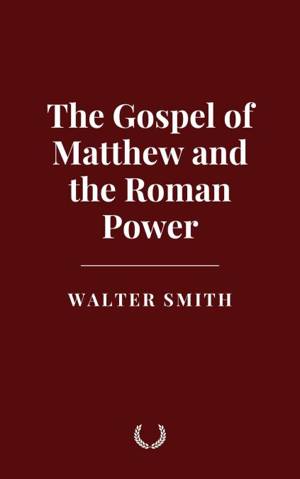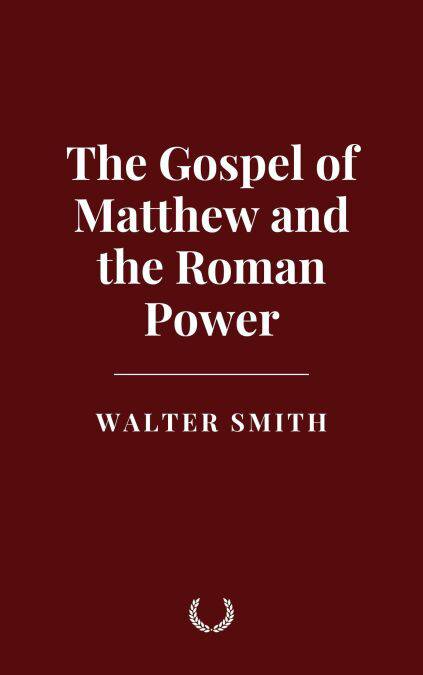
- Afhalen na 1 uur in een winkel met voorraad
- Gratis thuislevering in België vanaf € 30
- Ruim aanbod met 7 miljoen producten
- Afhalen na 1 uur in een winkel met voorraad
- Gratis thuislevering in België vanaf € 30
- Ruim aanbod met 7 miljoen producten
Omschrijving
The Gospel of Matthew emerges from a turbulent intersection of faith, politics, and imperial dominance. Written in the late first century, most scholars place its composition between 70 and 90 CE, a period marked by the aftershocks of the Jewish-Roman War (66–73 CE). This devastating conflict, culminating in the destruction of the Jerusalem Temple in 70 CE, left an indelible mark on Jewish identity and religious practice. For the Jewish community—and for the early Christians who were inextricably linked to that community—this was not merely a military defeat but a theological crisis. In this historical crucible, the Gospel of Matthew takes shape, presenting Jesus of Nazareth as the true fulfillment of Jewish hopes and the embodiment of divine authority in stark contrast to the might of Rome.
Specificaties
Betrokkenen
- Auteur(s):
- Uitgeverij:
Inhoud
- Taal:
- Engels
Eigenschappen
- Productcode (EAN):
- 9798230828150
- Verschijningsdatum:
- 12/01/2025
- Uitvoering:
- E-book
- Formaat:
- ePub

Alleen bij Standaard Boekhandel
Beoordelingen
We publiceren alleen reviews die voldoen aan de voorwaarden voor reviews. Bekijk onze voorwaarden voor reviews.











